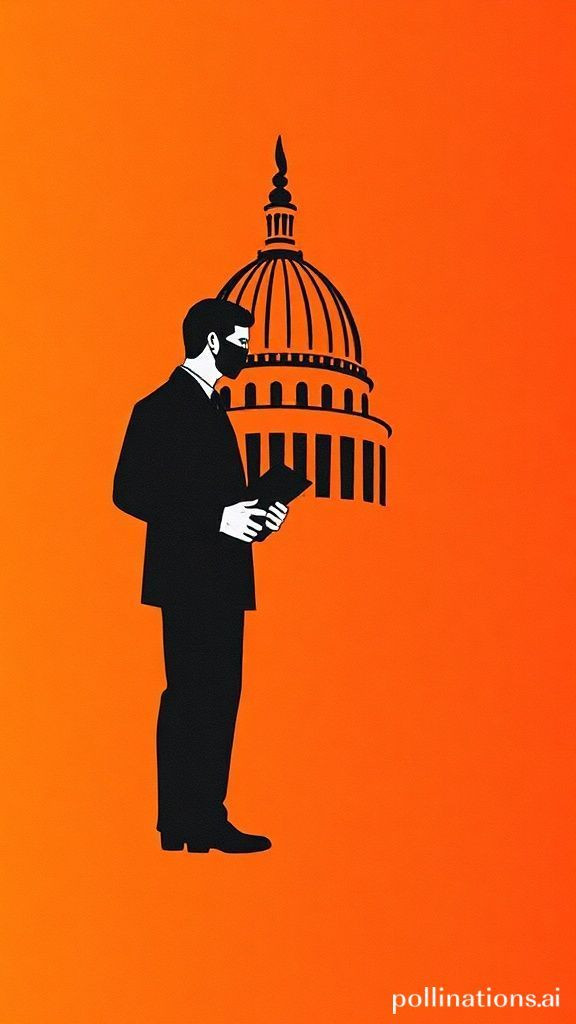
Pawsitively Prepared The Evolution of Responsible Pet Ownership & Rabies Prevention
Pawsitively Prepared The Evolution of Responsible Pet Ownership & Rabies Prevention

Title Pawsitively Prepared The Evolution of Responsible Pet Ownership & Rabies Prevention
As we mark Rabies Prevention Month, it's crucial to reflect on the significant progress made in responsible pet ownership and the vital role immediate medical attention plays in reducing rabies fatalities. In this episode, Dr. Vincent C. Casimero and Dr. Niko H. Ylagan from Boehringer Ingelheim Animal Health join us to discuss the causes and transmission of rabies, as well as the protocol for handling animal bites and scratches.
The Origins of Rabies
Rabies has been a persistent threat to human society for thousands of years, with evidence of infected animals dating back to ancient civilizations in Egypt and Greece. The virus is primarily transmitted through the saliva of infected animals, usually through biting or licking wounds. In the United States alone, rabies claims the lives of approximately 45-50 humans each year, making it a critical public health concern.
The Evolution of Responsible Pet Ownership
In recent decades, there has been a marked shift towards responsible pet ownership. Gone are the days of keeping pets in cramped conditions without proper care and attention. Modern pet owners prioritize their animals' well-being, providing them with a safe and healthy environment. This evolution is reflected in the increasing popularity of neutering/spaying, vaccination programs, and regular veterinary check-ups.
The Importance of Immediate Medical Attention
While responsible pet ownership is crucial in preventing rabies transmission, immediate medical attention plays a vital role in reducing fatalities. When an animal bites or scratches, it's essential to wash the wound thoroughly with soap and water, then seek medical attention from a healthcare professional experienced in handling animal bites and scratches.
The Protocol for Handling Animal Bites and Scratches
In the event of an animal bite or scratch, follow these steps
1. Wash the wound Use soap and water to thoroughly clean the affected area.
2. Apply antiseptic Use a topical antiseptic to reduce the risk of infection.
3. Seek medical attention Visit a healthcare professional experienced in handling animal bites and scratches.
Conclusion
As we continue to evolve as responsible pet owners, it's essential to remember the significance of immediate medical attention in reducing rabies fatalities. By prioritizing our pets' well-being and knowing how to handle animal bites and scratches, we can create a safer and healthier environment for both humans and animals. As Dr. Casimero and Dr. Ylagan would attest, Pawsitively Prepared individuals are better equipped to navigate the challenges of pet ownership and contribute to a future where rabies is a thing of the past.
Neologisms
1. Pawsitively Prepared A phrase coined to emphasize the importance of being prepared for any situation involving animals, whether it's a sudden encounter with an infected animal or a routine veterinary check-up.
2. Furry Forensics The process of analyzing animal behavior and body language to better understand their needs and improve human-animal interactions.
Keywords Rabies Prevention Month, responsible pet ownership, immediate medical attention, animal bites and scratches, Boehringer Ingelheim Animal Health






